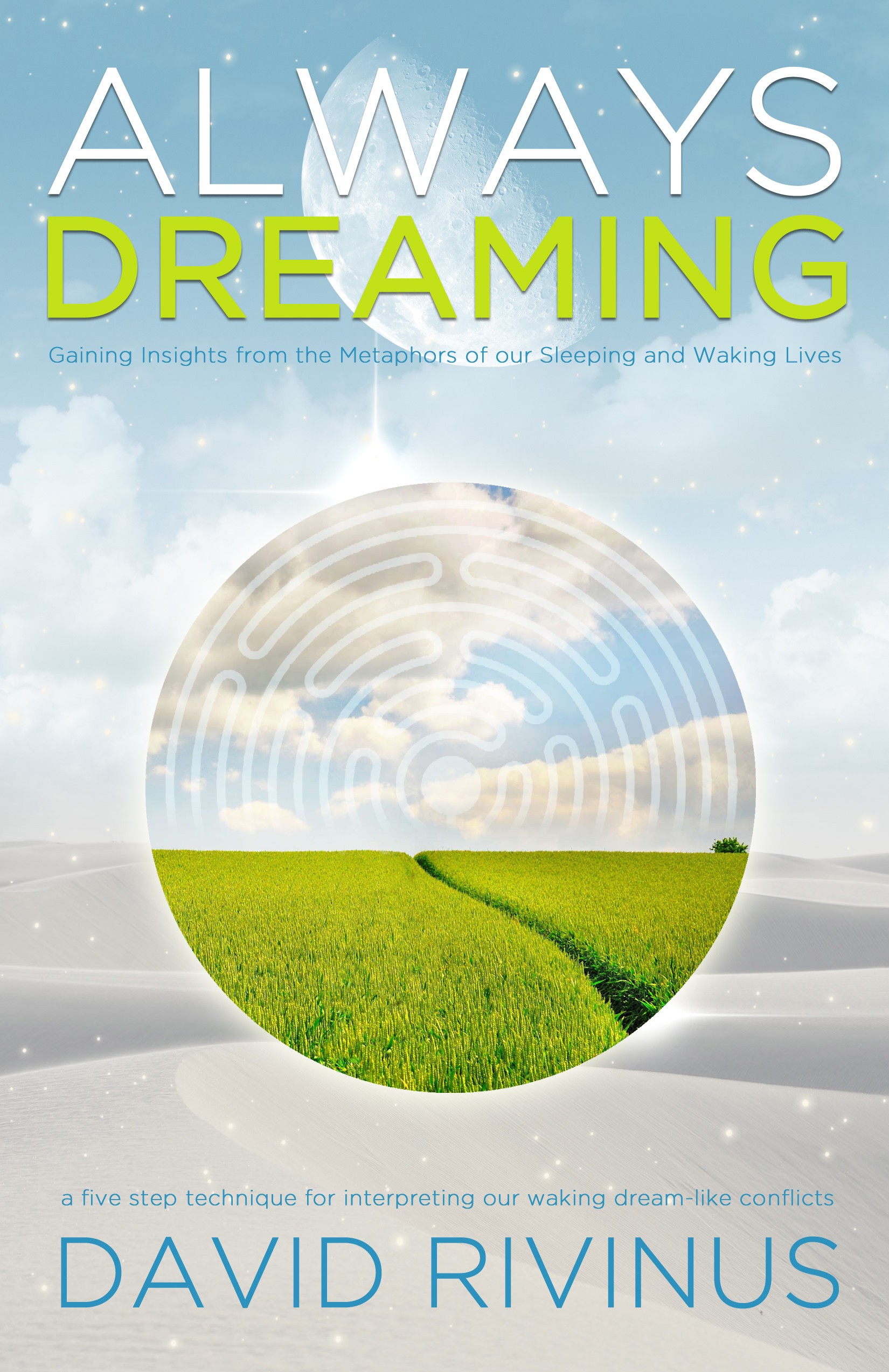News / Health & Wellness
Dream Analyst, David Rivinus, Has an Article Published in OM-Times Magazine

This week the online magazine, OM-Times, published an article on dream interpretation techniques written by dream analyst David Rivinus. The link to the website and article, which appears in the multimedia edition on page 71, is http://www.editions.omtimes.com/magazine/2015-05-B/
The article highlights the most common errors made by individuals attempting to interpret their dreams. According to Rivinus, chief among them is the tendency to try and understand dreams literally. He argues that dreams are rarely about the subject matter they are depicting in their visual imagery, even when that imagery has a powerful emotional impact on the dreamer. He argues that the purpose of the emotional intensity is to help bring the dream back from sleep to the awakened state.
Rivinus gives the example of a woman who dreams of being unfairly chastised by her employer at work. He claims that the worst thing she could do would be to take the dream at face value and confront her employer during their next encounter. Such a confrontation could even initiate a dispute where there had been none before, he says.
Instead, argues Rivinus, she should look at the dream as a confrontation within herself. “All dreams, no matter what their content is, are about the dreamer. I have never known of an exception to that.”
Rivinus qualifies this remark by stating that the subject matter in a dream can be about “anything under the sun.” He says dreams can be communications with others, they can be prophetic, they can even be out-of-body experiences. In some of these cases, he admits, dreams can be valid when dealt with literally.
But such literal dreams are the exception rather than the rule, and even when they are literal, they are also elucidating a conflict or intense dialogue that is going on within the dreamer himself. According to Rivinus, examining that internal conflict is where a dreamer should begin when analyzing a dream.
In the case of the woman who dreamed of confronting her employer, he suggests that she is having a dispute with her own “inner person in charge.” “That is where I would begin the exploration of trying to decide what the dream was about,” he says.
The article in OM-Times is in the current edition of the online magazine, and is then is available for reading archivally. For more information, visit www.teacherofdreams.com.
